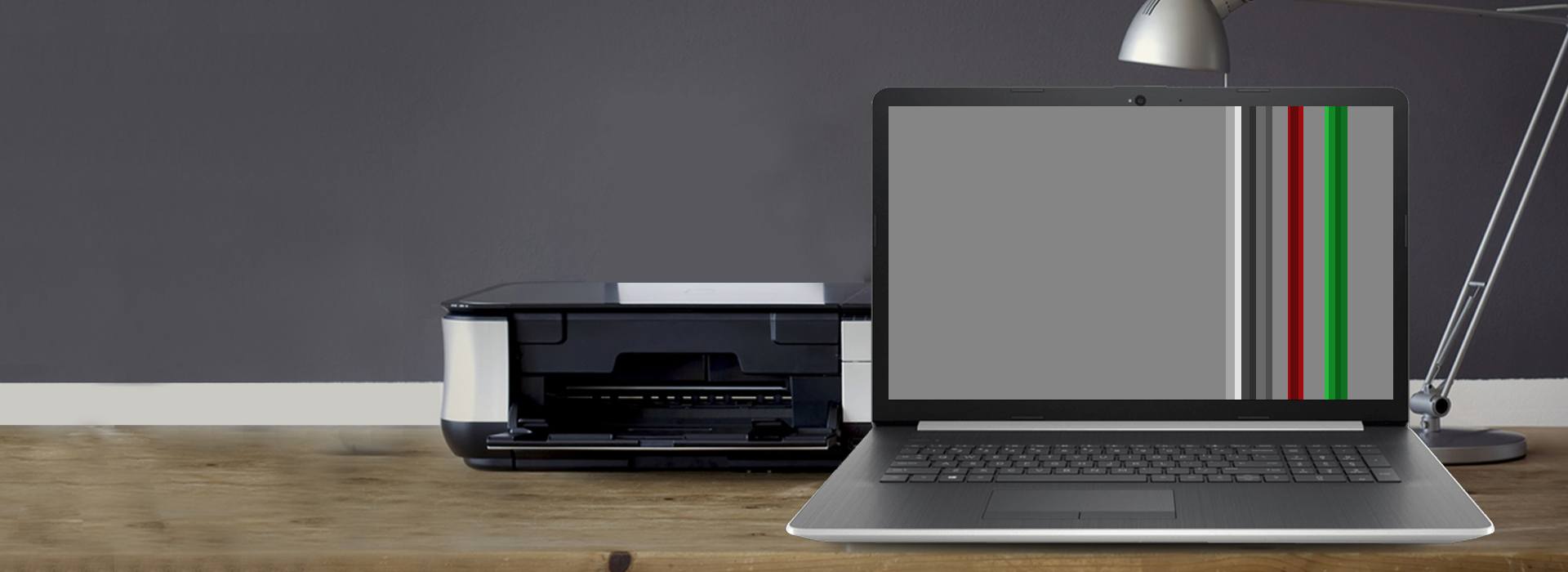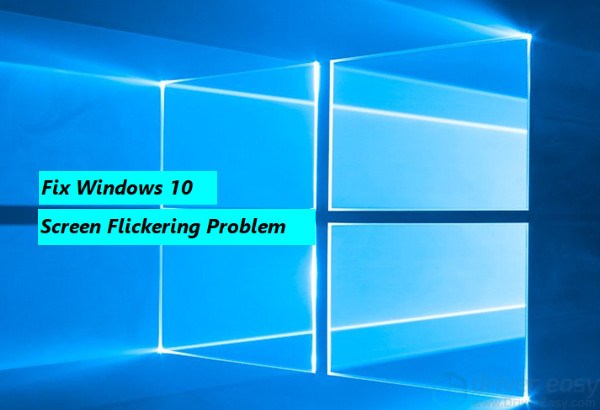
Windows 10 screen flickering can be caused by different issues. The most probable cause is the faulty display driver. If you’re experiencing this issue, don’t worry. Many Windows 10 users have reported this issue. You can fix this problem with one of the methods below.
There are five methods for you to try to fix the error. You may not have to try them all; just work your way down at the top of the list until you find the one that works for you.
- Update the Display Driver
- Disable Hardware Acceleration
- Temporarily disable third-party antivirus applications
- Use a Higher Monitor Refresh Rate
- Update Some Apps
- Take the Computer to a Wide-Open Area
- Scan and repair your Windows
Method 1: Update the Display Driver
To fix the Windows 10 screen flickering issue, you can try to update the display driver. If you don’t have the time, patience or computer skills to update the driver manually, you can do it automatically with Driver Easy.
Driver Easy will automatically recognize your system and find the correct drivers for it. You don’t need to know exactly what system your computer is running, you don’t need to risk downloading and installing the wrong driver, and you don’t need to worry about making a mistake when installing.
You can update your drivers automatically with either the FREE or the Pro version of Driver Easy. But with the Pro version it takes just 2 clicks (and you get full support and a 30-day money back guarantee):
1) Download and install Driver Easy.
2) Run Driver Easy and click Scan Now. Driver Easy will then scan your computer and detect any problem drivers.

3) Click the Update button next to a flagged graphics driver to automatically download the correct version of this driver, then you can manually install it (you can do this with the FREE version).
Or click Update All to automatically download and install the correct version of all the drivers that are missing or out of date on your system (this requires the Pro version – you’ll be prompted to upgrade when you click Update All).
Here take Intel Graphics 4400 for example:
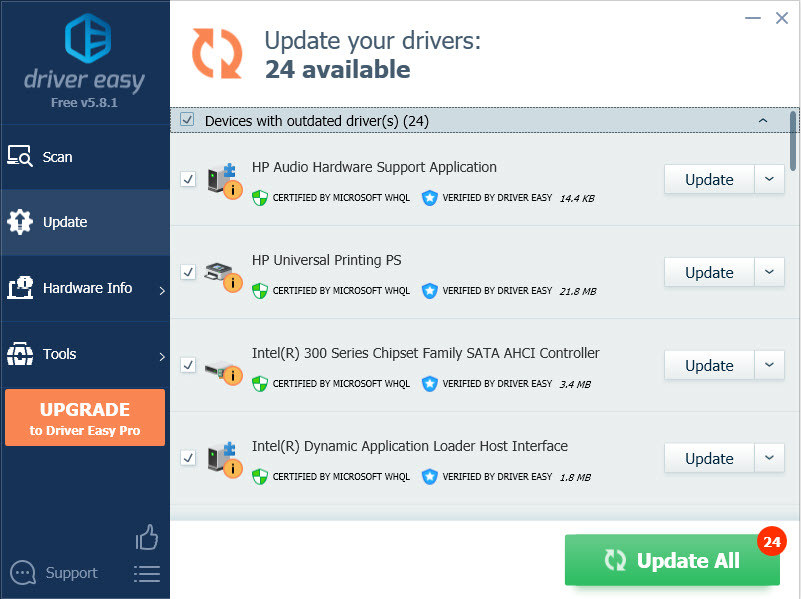
4) Restart your computer and check to see if the flickering issue is resolved.
Method 2: Disable Hardware Acceleration
Hardware Acceleration is a common cause of a flickering screen. With hardware acceleration, the monitor may not be able to handle the performance of your graphics hardware. To fix screen flickering issue, you can try disabling hardware acceleration in Windows. Tip: If you run into the screen flickering issue while using Google Chrome, you can disable hardware acceleration in Google Chrome.
To disable hardware acceleration in Windows 10, follow these steps:
1) On your keyboard, press the Windows + R (the Windows logo and the R key ) at the same time to invoke the run command.
2) Type control panel in the run box and click OK to open the Control Panel window.
3) In Large Icons View, click Display.
4) In the left pane, click Change Display Settings.
5) Click on Advanced Settings.
In the Advanced Settings window, if Troubleshooting tab is present, then the graphics card supports hardware acceleration.
6) Click the Troubleshooting tab and click the Change settings button. If the button is grey out on your side, you’re not allowed to change the setting. In this case, this method doesn’t apply to you. You may need to try other mehtods.
7) Adjust the slider to the extreme left to disable and click OK.
8) Click OK.
9) Restart your computer and check to see if the screen flickering issue is resolved.
To disable hardware acceleration in Google Chrome, follow these steps:
1) Open Google Chrome.
2) Click Customize and control Google Chrome option or the three vertical dots icon at the upper right corner of the tool bar.
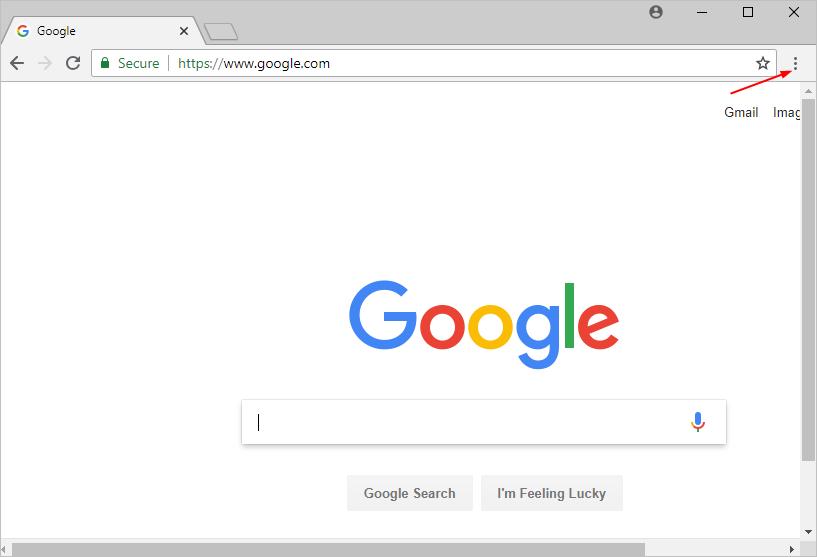
3) Click Settings.
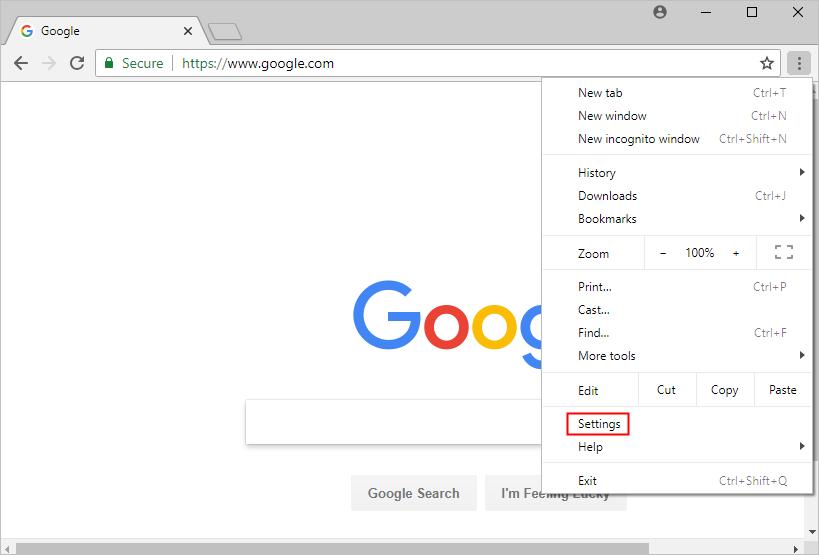
4) Click Advanced or Show Advanced Settings…
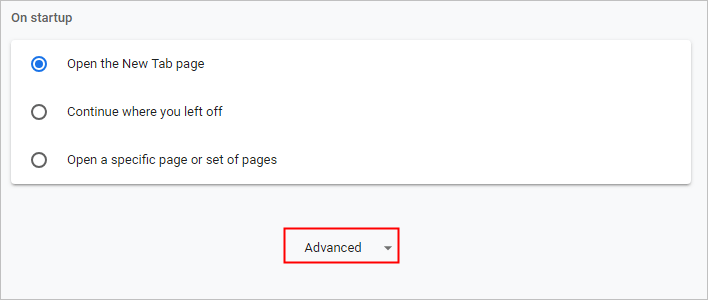
5) Disable the option Use hardware acceleration when available.

6) Relaunch Google Chrome and check to see if the screen flickering issue is resolved.
Method 3: Temporarily disable third-party antivirus applications
This error is sometimes caused by interference from antivirus software. To see if that’s the problem for you, temporarily disable your antivirus and check if the problem persists. (Consult your antivirus documentation for instructions on disabling it.)
If this resolves the problem, contact the vendor of your antivirus software and ask them for advice, or install a different antivirus solution.
IMPORTANT: Be extra careful about what sites you visit, what emails you open and what files you download when your antivirus is disabled.
Method 4: Use a Higher Monitor Refresh Rate
Follow steps below:
1) Right-click on the blank place of desktop and select Display settings.

2) Click Advanced display settings.
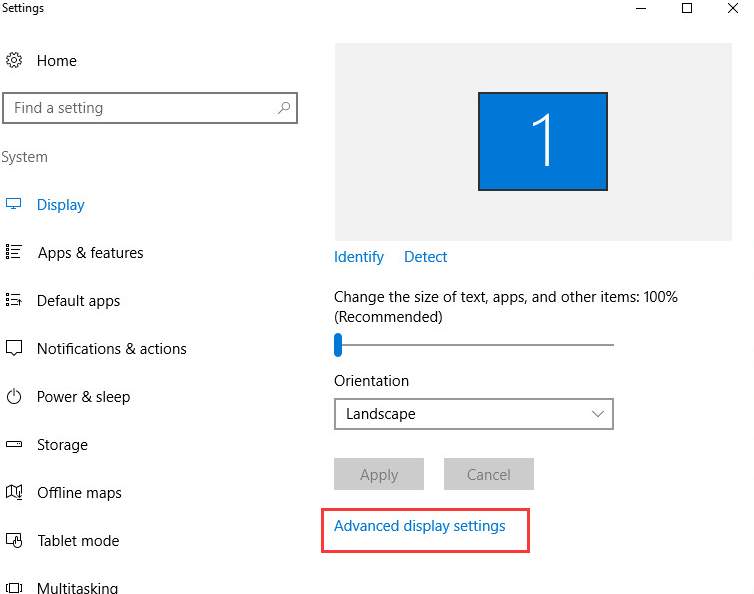
3) Under Related settings, click Display adapter properties.
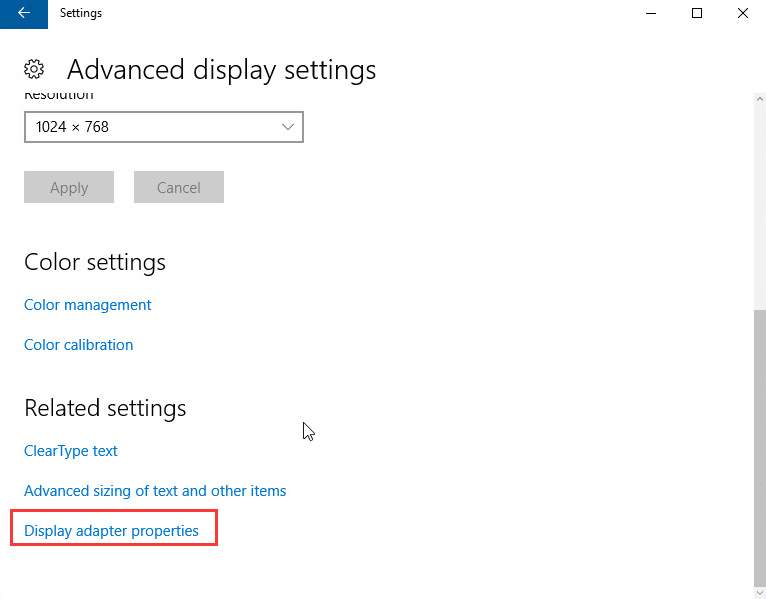
4) Click Monitor tab,and choose a higher Screen refresh rate then click OK button. You can try 80 Hertz first.
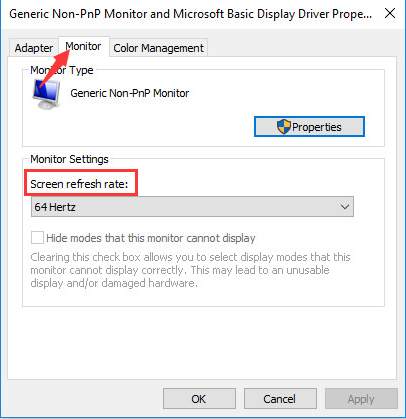
Method 5: Update Some Apps
Norton AV, iCloud, and IDT Audio are known to cause screen flickering in Windows 10. If you have installed one of them, you may need to update them or contact their manufacturer for an update to fix the problem.
Method 6: Take the Computer to a Wide-Open Area
Screen flashing can be related to magnetic. If possible, take your computer to another place and see if the problem resolves.
Method 7: Scan and repair your Windows
If none of the methods above works, as a last resort, you could perform a thorough scan to optimize and speed up your PC.
Fortect is a powerful Windows repair and optimization tool. It can detect a variety of hardware or security issues, and replace damaged files on your computer with correct and updated Windows files and components. It’s much like a fresh reinstallation of Windows, but keeps your programs, user data and settings as they are.
1) Download and install Fortect.
2) Open Fortect and click Yes to run a free scan of your PC. 
3) Fortect will scan your computer thoroughly. This may take a few minutes.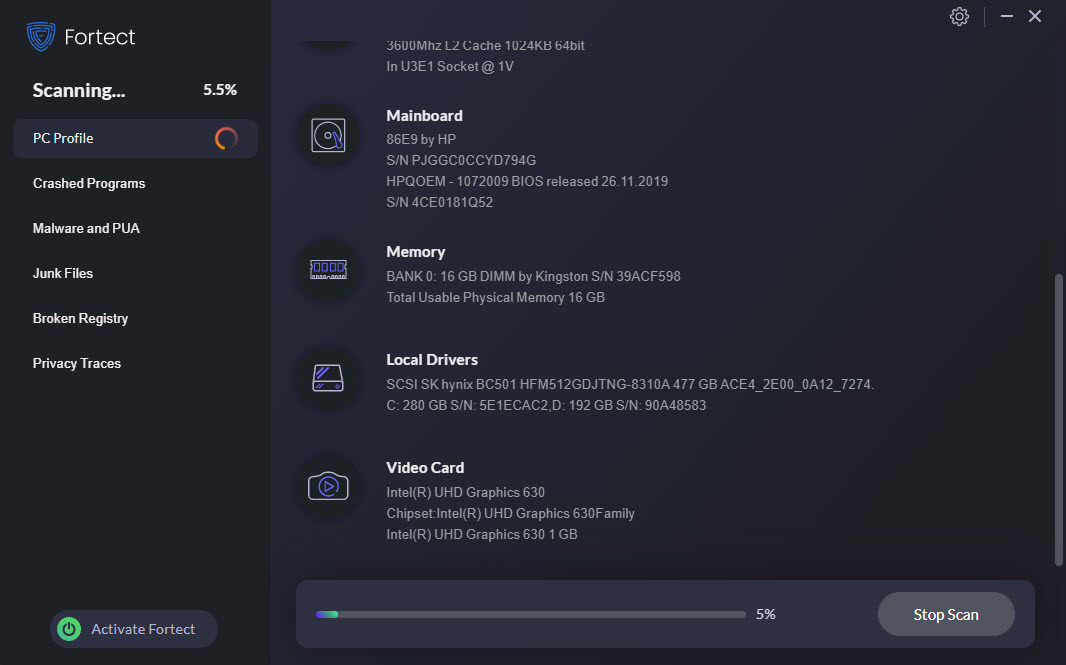
4) Once done, you’ll see a detailed report of all the issues on your PC. To fix them automatically, click START REPAIR. This requires you to purchase the full version. But don’t worry. If Fortect doesn’t solve the issue, you can request a refund within 60 days. 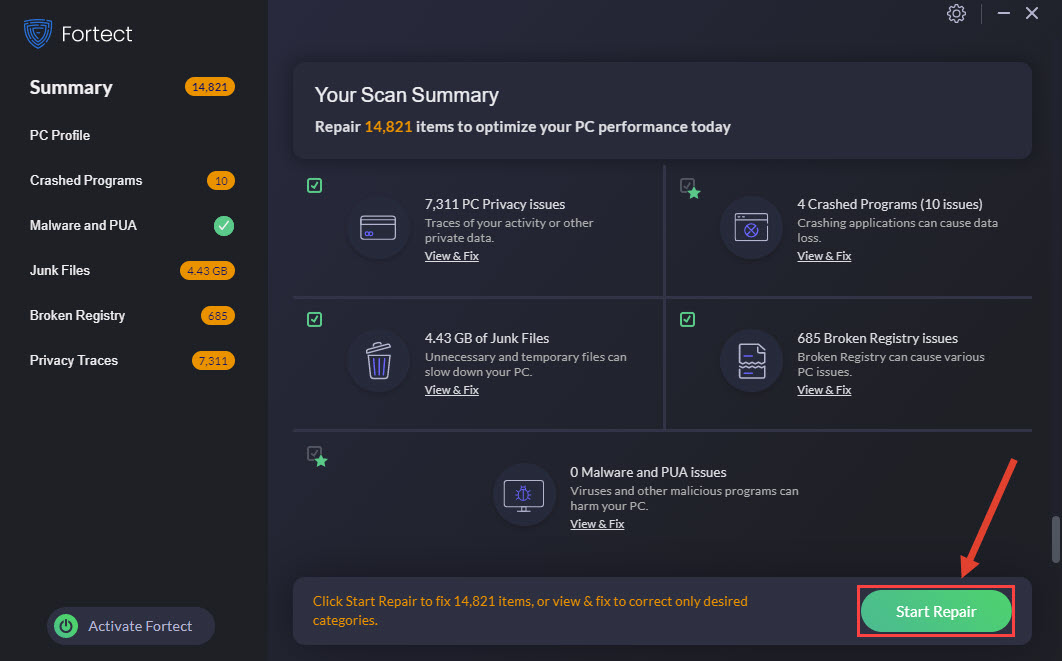
Hopefully the methods here help you fix Windows 10 flickering issue. If you have any questions, please feel free to leave your comments. I’d love to hear of any ideas or suggestions.






